Today we will talk about the special moves in chess, which are the next step for the learning player, naturally after the normal moves of the pieces. These moves can be confusing at first, but this guide is here to guide you through this new step!
The easiest special move: Promotion
Promotion is the easiest special move to understand, and it’s a simple matter of logic: The pawn only moves forward, so it makes sense that something happens when it reaches the other side of the board!
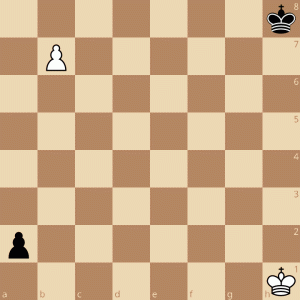
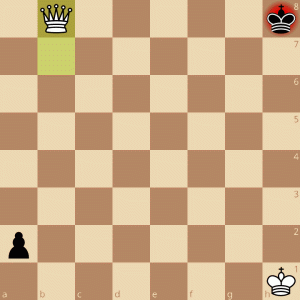
Easy, isn’t it? As the strongest piece, the pawn is usually promoted to a Queen. But in some cases, underpromotion is a better option: Promoting to a Rook, Bishop, or Knight!

Here White manages to win totally on the idea of underpromotion, after
1.Qxa7!!+ Kxa7 2.bxc8N+ (2.bxc8Q?? Qe1#) and White manages to win the endgame.
The most common special move: Castle
Castling is the most common special move in chess. It is made with the King and the rook and aims to put the king in safety and at the same time, for the rook that is in the corner of the board in the game.
We’ll take our King, walk two squares toward the rook, and the rook will land on our side (regardless of which side the rook is on), as the two examples below show:
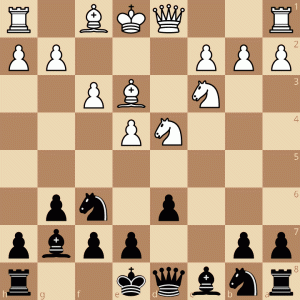
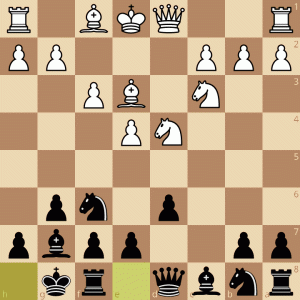
When castling to the kingside, it is called short castle.
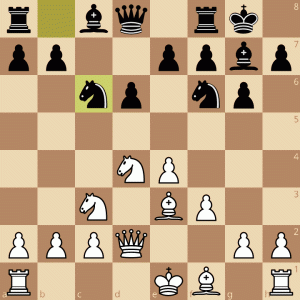
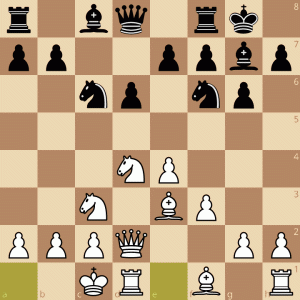
When castled to the queenside, it is called long castle.
Of course, there are some cases where castling cannot be done. Let’s see:
The king cannot castle when in check
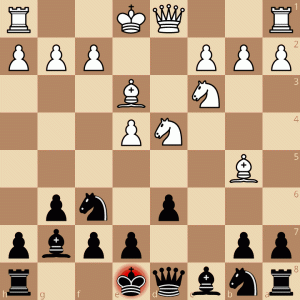
Here Black’s king cannot castle, as he is attacked. Black has to cover his king first, and then castling can be done.
You cannot castle if during the move you pass through a check

Here the white king cannot castle to the queenside, as he would have to pass the d1 square, which is attacked by the g4 bishop. But for the kingside, he can castle easily.
Your king and rook must be on the starting squares
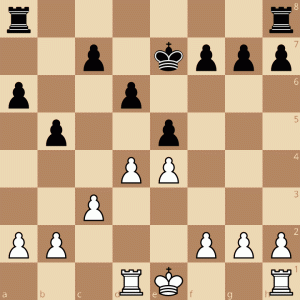
White has the king in the starting position, but the rook that was on the queenside has already moved: So, castling to that side will not be possible. As for the king’s side, everything is in agreement.
As for Black, as the Black King has already moved, neither of the two castlings can be made.
You cannot castle if when you finish the castle move your king is in check
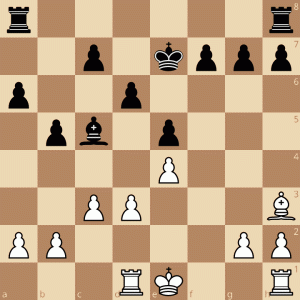
If White castles to the kingside, the final square of the king would be g1: Which is controlled by the Bishop, so castling is not possible.
A curious case is the following:
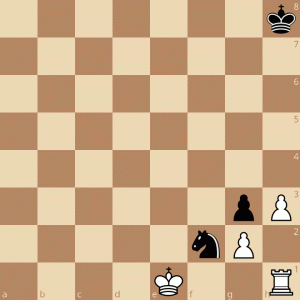
Does the Knight attack the rook of h1, but hinder the king in some way? No! So castling is possible here, as dangerous as it sounds.
The most controversial special move: En Passant
The most confusing and controversial special move: The En Passant! So confusing that it is often not taught at the beginning of learning, and many (many even!) do not know that this thing exists, and it has happened to accuse the opponent of cheating (own experience!). But let’s demystify this:
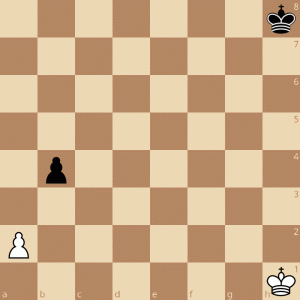
For the pawn to be able to make the En Passant, it must be in the 5th rank (or in the 4th rank, in the case of black), and the opposing pawn cannot have moved yet. If White plays the 1.a3, Black can simply capture the pawn with 1…bxa3. But what if White plays 1.a4? Here comes the sleight of hand: Black can also play 1…bxa3!
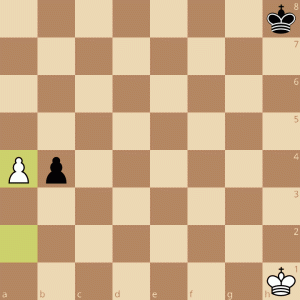
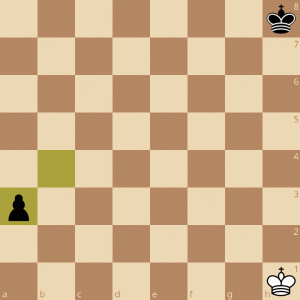
And that’s En Passant. But pay attention to the rules:
- The pawn that will do the En Passant needs to be in the 5th rank (or in the 4th of black, as the example showed);
- The opposing pawn has to be in the starting position and move the two squares directly;
- The En Passant must be done immediately. If not done, the side that could have done so forfeits the En Passant. In the example, if the game continued with 1…Kg7 2.Kg2 and Black “Wow, I can do the En Passant!” No, you can’t, because the moment has passed the pawn advanced from the initial square.
Conclusion
That’s it for today! I hope you enjoyed learning the special moves in chess and now that you know what the special moves are, how about trying to create your first opening repertoire? Read the next article and you’ll know how to do it!
Join our club on chess.com!